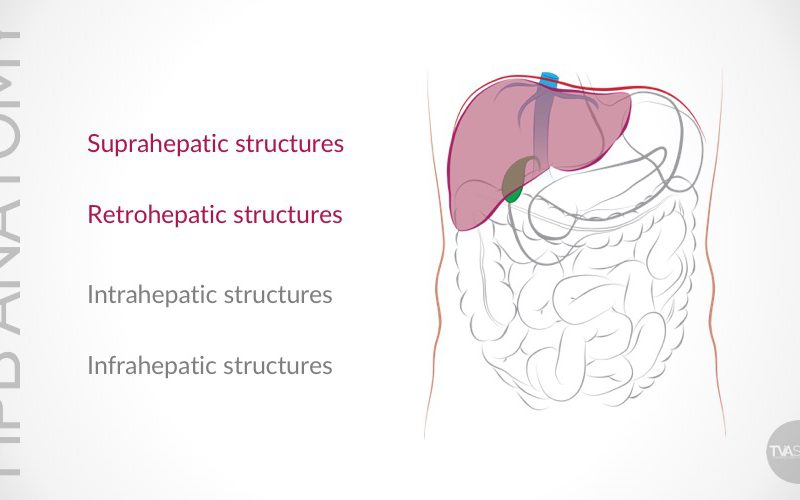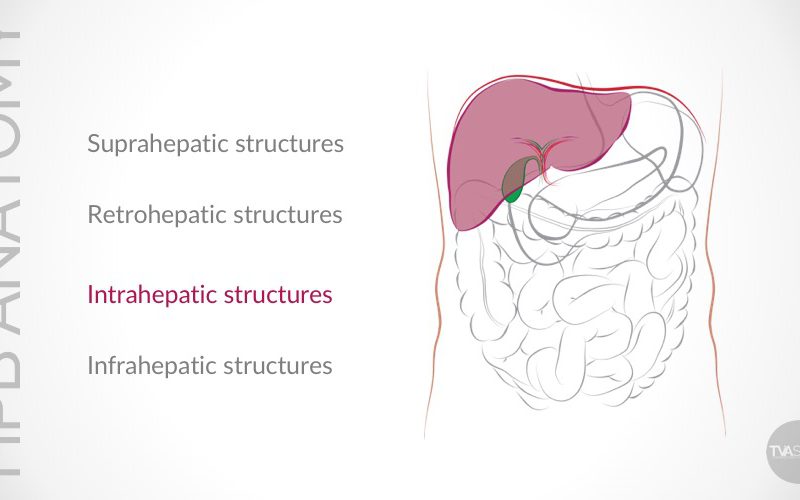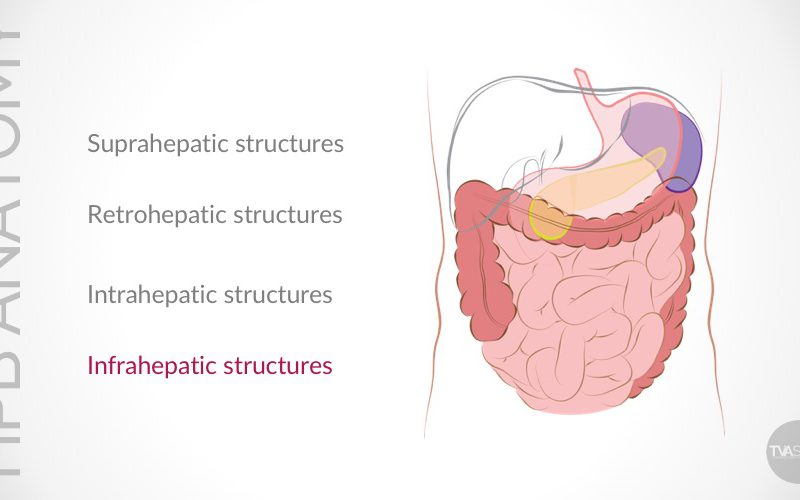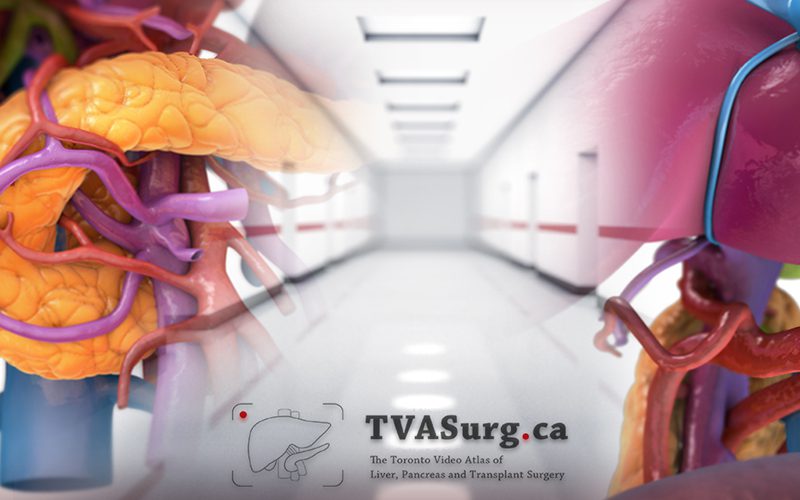Fundamentals of Video Editing
for Surgical Storytelling
01:17 Navigating through footage
06:29 Directing the narrative
This is a presentation that was given at the annual Association of Medical Illustrators virtual conference on July 28th of 2021.
The use of video to communicate medical education is ubiquitous, most significantly in surgery. There is an ocean of surgical videos on youtube and surgical association websites, yet navigating through them to find the best examples of high quality content can be daunting. How can this be? The answer is that most of the videos of surgical procedures are not edited with education and design principles in mind. In this presentation, Paul Kelly and Jean Lin will lay out the founding principles which have guided the development of the Toronto Video Atlas of Surgery, one of the premiere sources of surgical video content on the web.
Attendees to this talk will learn:
- How to prepare to tell a surgical story using surgical footage
- How to get the most out of review meetings with surgeons
- How to structure your project folders and files for effective storytelling
- How to navigate hours upon hours of raw footage in the most efficient manner
1. Navigating through hours of raw footage
Challenge: Many of our videos have been very long HPB cases
Solution:
-
- Utilize OR notes (video timestamps)
- Proxies (low-res temp footage)
- Rough cut for first review
- Consistent file structure-stay organized
2. Directing the narrative for effective storytelling
Challenge: Often footage has too much technical detail to put in one video
Solution:
-
- Having a overall video + technique video
- 2 part video
- Organize with case outline and chapters
- Example case: Fibula Flap Harvest
- Demo shots are really helpful for making sure actions are captured clearly for the camera
- Examples: Total Pancreatectomies, or any vessel divisions
Challenge: What to do when orientation is difficult
-
- Example: Laparoscopic cases
Solution:
-
- Use text, labels, overlays to show anatomy landmarks
- Use animation to pull camera back and show anatomy zoomed out, then label
- When the action is blocked or the footage is not clear to identify structure of interest/ orientation is difficult
-
- Example: porta dissection
Solution:
-
- Use 3D or 2D overlay
- Bridging the start of the action & the end result for a complete story
- Cut down unnecessary/repetitive footage for more effective storytelling
-
- Example: suture closing shot (HA Aneurysm case)
Solution:
-
- Cut down to only a few seconds
- For a smooth action/transition, be sure to match the footage in action, direction, position and size
3. Improving footage quality for the best viewing experience
Challenge: Dealing with camera shake & shift
Solution: Footage stabilizing
-
- Less than ideal lighting situation
- Example: Footage too red. Surgeon's headlight point at wrong spot
- Less than ideal lighting situation
Solution: DaVinci color grading
Solution: Use lighting with mask
4. Preparing for efficient review
Challenge: Surgeons have tight schedules, they don't have time for long review meetings
Solution:
-
- Do the research. Focus on the different, unique technique the surgeon presents
- Have the rough cut ready early on to discuss project scope, focus and key surgical steps
- Use robo audio for pacing & keep surgeon engaged with editing (add as early as possible)
- Have list of questions ready and point out areas need feedback
- Kollaborate
Challenge: Non-visual people can't imagine the end result from rough drafts
Solution:
-
- Use placeholder images (screenshots in storyboards)
- Prepare draft script & visual the surgeon can modify and edit, instead of having them start from scratch
- Pediatric liver transplant
- Portal vein anastomosis for pediatric liver transplant
- Hepatic artery anastomosis for pediatric liver transplant
- Rescue Associating Liver Partition and Portal Vein Ligation for Staged hepatectomy (ALPPS)
- Fibula osteocutaneous flap harvest
- Whipple procedure with extended right hepatectomy, right nephrectomy, and reconstruction of PV & IVC (Part 1)
- Whipple procedure with extended right hepatectomy, right nephrectomy, and reconstruction of PV & IVC (Part 2)
- Total pancreatectomy with portal vein reconstruction to 2 SMV branches
- Total pancreatectomy with long portal vein reconstruction
- Right hepatectomy with cava resection and oophorectomy
- Radial forearm flap harvest
- Laparoscopic right hepatectomy with Pringle maneuver
- Hepatic artery aneurysm resection and reconstruction
- Anterolateral thigh perforator flap harvest




